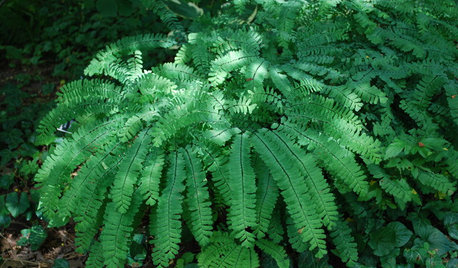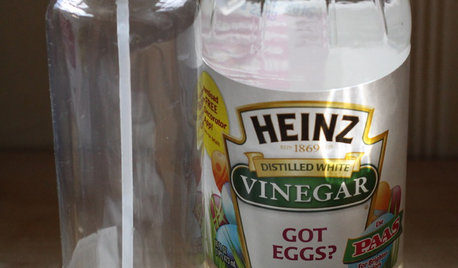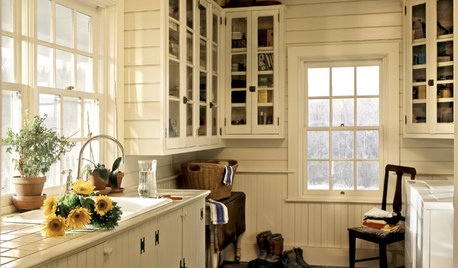water softener
tdj32
11 years ago
Related Stories

GARDENING GUIDESGreat Design Plant: Palo Blanco Softens Sharp Desert Angles
Willowy foliage and creamy white bark give this tree a delicate beauty, but its constitution is tough
Full Story
GARDENING GUIDESGreat Design Plant: Northern Maidenhair Fern Softens Shade Gardens
Stir up some romance in dark corners with the billowy fronds of native Adiantum pedatum
Full Story
HEALTHY HOMEHow to Choose a Home Water Filtering System
Learn which water purification method is best for your house, from pitchers to whole-house setups
Full Story
GREAT HOME PROJECTSHow to Switch to a Tankless Water Heater
New project for a new year: Swap your conventional heater for an energy-saving model — and don’t be fooled by misinformation
Full Story
SAVING WATER11 Ways to Save Water at Home
Whether you live in a drought-stricken area or just want to help preserve a precious resource, here are things you can do to use less water
Full Story
HOUSEKEEPINGMagic Solution for Hard Water Stains
Vanquish evil hard water stains with this inexpensive, fast-acting and all-natural ingredient. And it's probably right in your cupboard
Full Story0

ECLECTIC HOMESHouzz Tour: Water and Openness Inspire a San Francisco Remodel
Better functionality and ocean-loving touches make for a casual, comfortable home that suits a family of 5
Full Story
EARTH DAYGrow a Beautiful Garden With Ecofriendly Greywater
Reducing home water waste means lower bills and a healthier planet. Here's how to set up a greywater home irrigation system that can help
Full Story
LAUNDRY ROOMSDouble-Duty Savvy: 10 Supersmart Laundry Room Combos
Throw some extra function in along with the fabric softener to spin your laundry room into mutitasking mode
Full Story
SAVING WATER6 Reasons Why You Should Save Your Rainwater Now
Collect and store during the rainy season so you’ll have water ready for irrigation when you need it
Full StoryMore Discussions








User
tdj32Original Author
Related Professionals
Fullerton Kitchen & Bathroom Remodelers · Minnetonka Mills Kitchen & Bathroom Remodelers · Athens Kitchen & Bathroom Remodelers · Biloxi Kitchen & Bathroom Remodelers · Broadlands Kitchen & Bathroom Remodelers · Cocoa Beach Kitchen & Bathroom Remodelers · Lakeside Kitchen & Bathroom Remodelers · Park Ridge Kitchen & Bathroom Remodelers · Pasadena Kitchen & Bathroom Remodelers · Port Arthur Kitchen & Bathroom Remodelers · Warren Kitchen & Bathroom Remodelers · Wilson Kitchen & Bathroom Remodelers · Hawthorne Kitchen & Bathroom Remodelers · Paradise Kitchen & Bath Fixtures · Kiryas Joel AppliancesUser
tdj32Original Author
liltommy
tdj32Original Author
User
tdj32Original Author
User
User
User
tdj32Original Author
User
User
tdj32Original Author
User
User
User
tdj32Original Author
User
tdj32Original Author
User
tdj32Original Author
andreaazzarelli
User